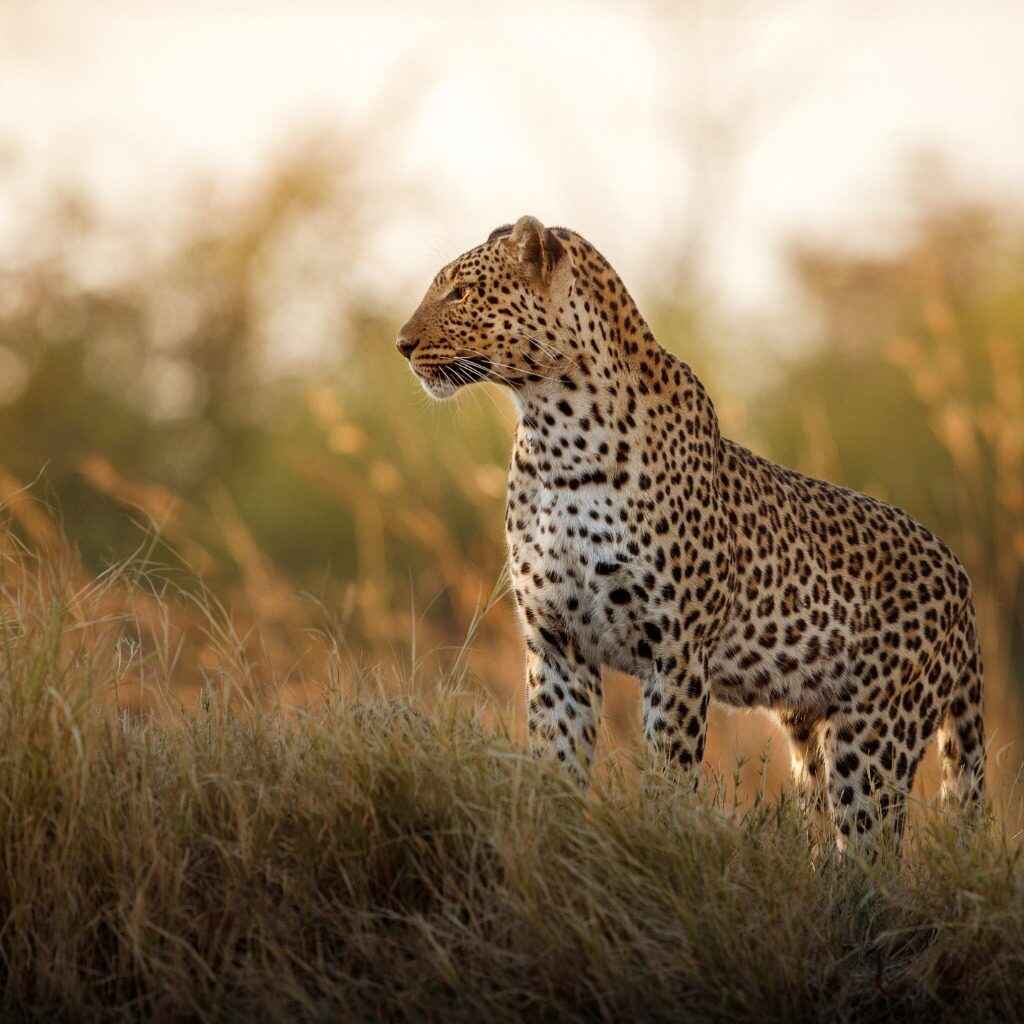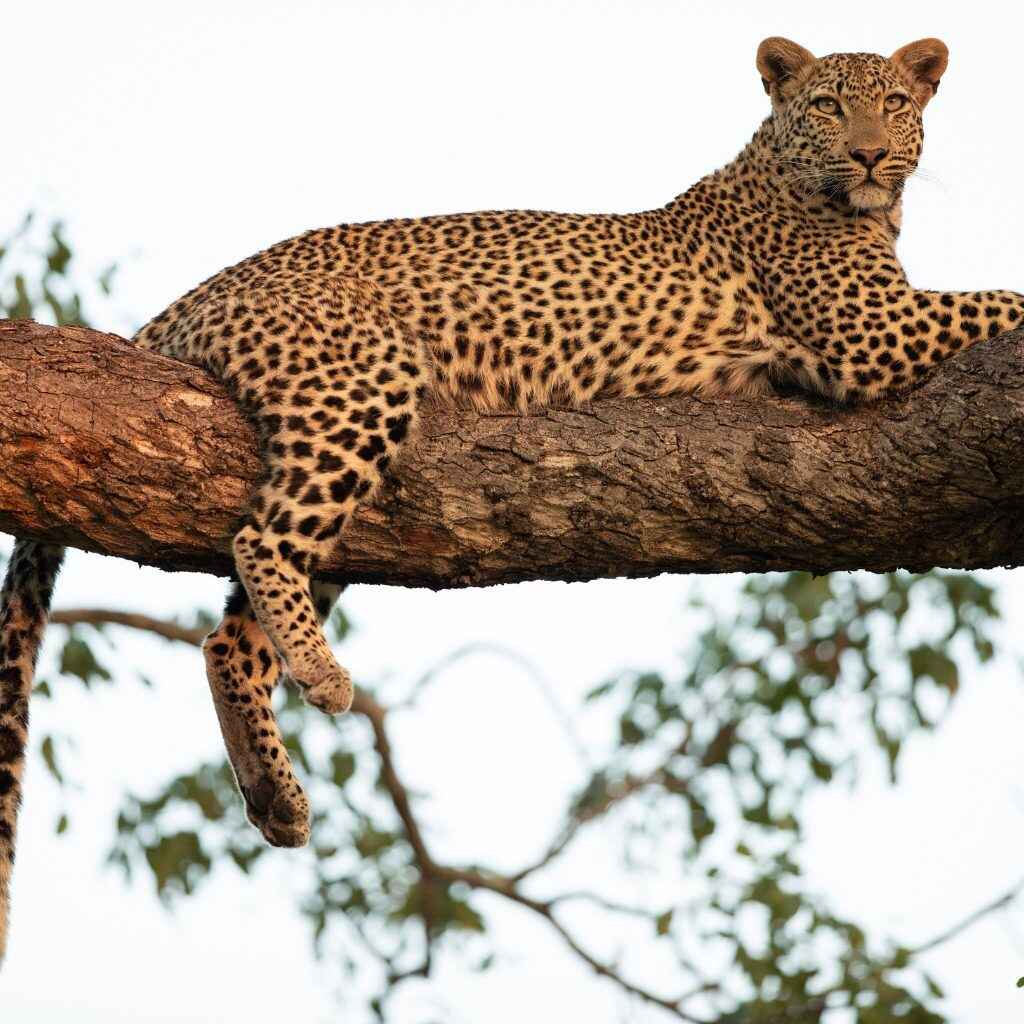SARISKA NATIONAL PARK
Sariska Tiger Reserve is a tiger reserve in Alwar district, Rajasthan, India. It stretches over an area of 881 km2 (340 sq mi) comprising scrub-thorn arid forests, dry deciduous forests, grasslands, and rocky hills. This area was a hunting preserve of the Alwar state and was declared a wildlife sanctuary in 1958. It was given the status of a tiger reserve making it a part of India’s Project Tiger in 1978. The wildlife sanctuary was declared a national park in 1982, with a total area of about 273.8 km2 (105.7 sq mi). It is the first reserve in the world with successfully relocated tigers. It is an important biodiversity area in the Northern Aravalli leopard and wildlife corridor.
The park is situated 106 km (66 mi) away from Hindaun, 107 km (66 mi) from Jaipur and 200 km (120 mi) from Delhi. It is a part of the Aravalli Range and the Khathiar-Gir dry deciduous forests ecoregion. It is rich in mineral resources, such as copper. In spite of the Supreme Court’s 1991 ban on mining in the area, marble mining continues to threaten the environment.
More Information:
+91-9717482225
+91-9818064813
sales@sariskacourtyard.com
Flora
The dominant tree in the forests is dhok (Anogeissus pendula). Other trees include the salar (Boswellia serrata), kadaya (Sterculia urens), dhak (Butea monosperma), gol (Lannea coromandelica), ber (Ziziphus mauritiana) and khair (Acacia catechu). Bargad (Ficus benghalensis), arjun (Terminalia arjuna), gugal (Commiphora wightii) or bamboo. Shrubs are numerous, such as kair (Capparis decidua), adusta (Adhatoda vesica) and jhar ber (Ziziphus nummularia).[citation needed]
Wildlife
Apart from the Bengal tiger, the reserve harbours many wildlife species including Indian leopard, jungle cat, caracal, striped hyena, golden jackal, chital, sambar deer, nilgai, wild boar, small Indian civet, Javan mongoose, ruddy mongoose, honey badger, Rhesus macaque and Northern plains gray langur and Indian hare. Bird species present include grey partridge, white-throated kingfisher, Indian peafowl, bush quail, sandgrouse, treepie, golden-backed woodpecker, crested serpent eagle and the Indian eagle-owl.
In 2003, 16 tigers lived in the reserve. In 2004, it was reported that no tigers were sighted in the reserve, and that no indirect evidence of tiger presence was found such as pug marks, scratch marks on trees, scats. The Rajasthan Forest Department explained that “the tigers had temporarily migrated outside the reserve and would be back after monsoon season”. Project Tiger staff backed this assumption. In January 2005, it was reported that there were no tigers left in Sariska.
In July 2008, two tigers from Ranthambhore National Park were relocated to Sariska Tiger Reserve. Another female tiger was relocated in February 2009.
In 2012, two tiger cubs and their mother were spotted in the reserve bringing the total number of tigers to seven with five adults. In July 2014, two more cubs were spotted, so that there were 11 tigers in total.
As of October 2018, there were 18 tigers including five cubs. By 2020, the tiger population in the reserve has risen to 20.
Weather: A warm desert climate, very hot and dry in summers and very cold in winters. Rains during the monsoon season are sparse, but it livens up the land that was parched by the summer. The monsoon and post-monsoon periods see a vibrant burst of colours.
Best Time to Travel: From October to June.
Closed From: Sariska National Park is closed from July to September for visitors. However, if you want to go for wildlife photography, etc. the park is accessible throughout the year

